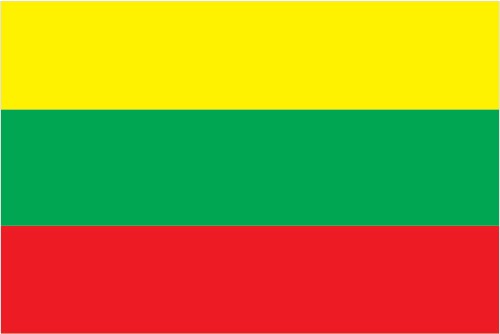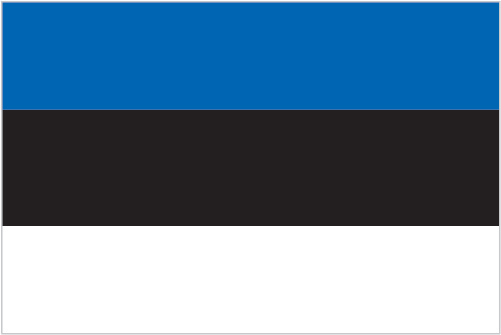Venera 3, a Soviet unmanned space probe, was launched in 1965. It crash landed on the surface of Venus on March 1, 1966. It was the first man-made object to travel to another planet. Children could figure out how many days it took to get to Venus and the distance it traveled. They could make various math problems from those statistics.
Union of Soviet Socialist Republics expired in 1991. Many portions of the Soviet Union broke away and formed their own countries. These countries included Armenia, Azerbaijan, Belarus, Estonia, Georgia, Kazakhstan, Kyrgyzstan, Latvia, Lithuania, Moldova, Russia, Tajikistan, Turkmenistan, Ukraine, and Uzbekistan. Children could visit: USSR Map. There they could view the USSR map and today’s Russia and other countries map. They could also click on a country to learn more information.
Vega I was launched by the Soviet Union in 1984. It dropped scientific balloons into the atmosphere of Venus on June 11, 1985, and then made contact with Halley’s Comet in March of 1986. It took many images of the comet and studied the comet’s nucleus and coma. Now Vega I circles the sun. Older children can learn more at: Vega I.

Flag of Lithuania
Lithuania celebrates Independence Day of 1918. It became free of Russian and German rule. People celebrate this day even though Lithuania was annexed into the Soviet Union in 1940. In 1991 Lithuania became the first nation to break away from the Soviet Union. According to the CIA World Factbook, Lithuania is slightly larger than West Virginia and hosts a population of about 2.7 million people. It borders the Baltic Sea, and Vilnius is the capital. A member of the European Union, Lithuania depends on agricultural products, including grains, potatoes, and flax.

Mir Space Station
Mir space station was launched by the Soviet Union in 1986. It was home to both Soviet and American scientists until March, 2001.

Flag of Estonia
Estonia celebrates Independence Day. Located along the Gulf of Finland, Estonia has had a complicated history. In 1918 it became free of Soviet rule, but then it was conquered again. It became free of Soviet rule for the second time in 1991. According to the CIA World Factbook, Estonia is about the size of Vermont and New Hampshire combined. Bordering the Baltic Sea and the Gulf of Finland, Estonia is home to 1.2 million people. Tallinn is the capital.
Yuri Gagarin in 1961 was the first human to travel in space. A Soviet cosmonaut, Gagarin was aboard Vostok I and spent 108 minutes in space.
Space Shuttle’s first flight occurred in 1981. Astronauts John Young and Robert Crippen guided the space shuttle Columbia around the earth 36 times before landing the craft at Edwards Air Force Base in California on April 14. Idea: Children could find out how the shuttle differed from the previous types of space exploration. Children could explore an index of the 135 Space Shuttle Missions at: Index.
Jake Garn became the first senator to travel in space. He was a payload specialist of a Discovery STS-51-D crew that was launched in 1985. The crew spent almost seven days in space. Children could learn more about his Space Shuttle mission at: Jake Garn.
These three important space travel events happened on this day. Children could make a timeline of significant space explorations.
Valentina Tereshkova became the first woman, a Soviet cosmonaut, to travel in space in 1963. She was on the Soviet Vostok VI. She circled the earth 48 times during the 70-hour flight. Born in 1937, she was chosen from a field of 400 candidates.

Berlin Airlift
Berlin airlift began in 1948. After World War II, Germany was divided into four parts. The Soviet Union controlled the portion that held Berlin. Berlin itself had been divided into four parts. Hoping to create a blockade, the Soviet Union denied access to the city. The United States, France, and Great Britain responded, via “Operation Vittles,” by airlifting food and other supplies into Berlin. Over 2,300,000 tons of supplies were lifted in via 277,000 flights. The airlift lasted until May 12, 1949.